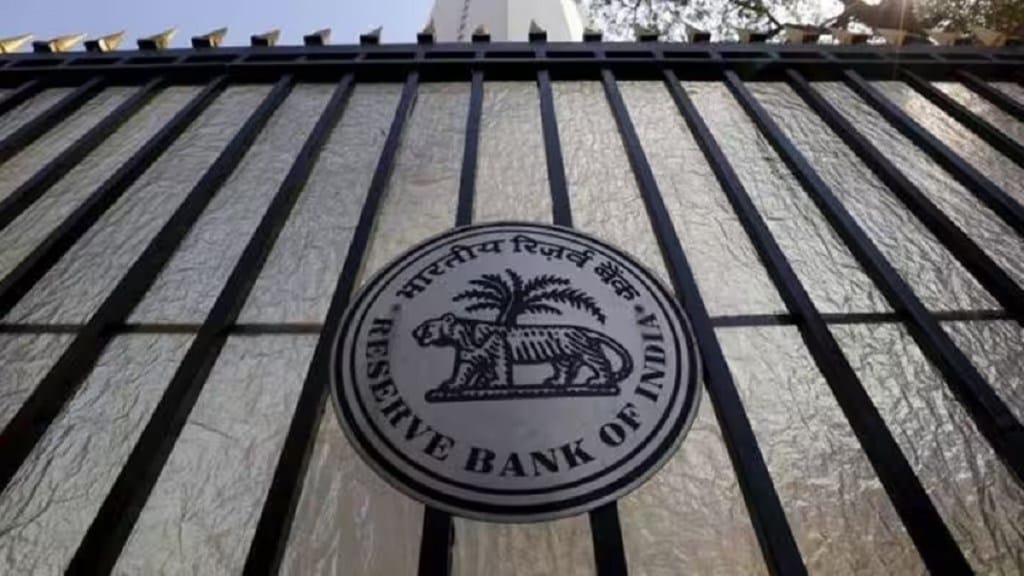With the Reserve Bank of India’s (RBI) Monetary Policy Committee all set to hold its next meeting on February 5-7, Morgan Stanley said that the central bank is expected to commence the rate easing cycle with a 25 bps cut, reflecting the current domestic growth-inflation dynamics. In addition, the brokerage firm said that the RBI is also expected to add durable liquidity and keep a close watch on currency to limit excessive volatility.
Earlier this month, a Bloomberg report had stated that RBI Governor Sanjay Malhotra is showing a willingness to allow the rupee to move more freely in tandem with peers in the region, while maintaining that he is still intervening in the foreign-exchange market to curb excessive moves. Sanjay Malhotra took charge as the governor of the central bank in December and has shown keen interest in the RBI’s currency intervention functions and agreed with his team when they explained the recent movements in the rupee and the need to allow it to depreciate.
Commenting on the expectations from the upcoming MPC meet, Upasana Chachra, Chief India Economist, Morgan Stanley, said, “We hold to our view of the MPC embarking on a shallow rate easing cycle from the February 7 policy meeting. We expect the MPC to retain its neutral stance. Consensus is also penciling in a rate cut from February.” She also maintained that the confluence of domestic growth-inflation dynamics – i.e., weaker-than-anticipated growth and a moderating inflation trajectory – warrant rate easing to support growth. However, this is juxtaposed against an adverse external environment which is being demonstrated by dollar strength, higher for longer stance of the Fed, and volatility in global capital flows leading to weakness in the currency. Therefore, Morgan Stanley continued to expect a shallow rate easing cycle of a cumulative 50 bps, starting from February.
In addition, Upasana Chachra said, “We expect the RBI to continue to undertake liquidity management, in an attempt to mitigate outflows resulting from FX intervention and ensure that domestic financial conditions do not tighten significantly. In this context, we expect the RBI to undertake a multi-pronged approach, which could include FX swaps, OMO purchases, and/ or cutting the CRR further to boost durable liquidity.”
So, what really has changed since the last meeting?
• Growth: The recovery in growth in QE December from the trough of QE September has been slower than anticipated, as suggested by the mixed trend in high-frequency growth indicators and weak credit growth. Against this backdrop, Morgan Stanley said that it sees downside risks to QE December GDP growth projection of 6.5 per cent (RBI nowcast is tracking at 6.2 per cent).
• Inflation: December headline CPI softened to 5.2 per cent YoY, led by slowing food prices and core CPI inching down. The brokerage firm expects disinflation in food prices to gather further pace and thereby support the disinflationary momentum in headline CPI as it averages ~4.5 per cent YoY in QE March 2025.
• External: The trailing merchandise trade deficit has expanded, while gross service exports improved in QE December. “As such, we expect the overall current account deficit to be at ~1.5 per cent of GDP in QE December. In addition, while DXY has gained 4.1 per cent, USD/INR has depreciated 2.7 per cent, FII equity outflows have totaled US$7bn and FII debt has had marginal inflows of US$0.5bn since US election results. Further, FX reserves have dipped to an 11-month low of US$624bn,” Morgan Stanley stated.
• Liquidity: Interbank liquidity moved into deficit in mid-December 2024, with the deficit tracking at US$21.3bn in January 2025 (month to date) after being in surplus over the last nine months, while the weighted average interbank call rate is tracking above the repo rate. In order to ensure orderly liquidity management, the RBI has taken measures such as VRRs of higher quantum, daily VRR since January 16, buyback of g-sec (INR750bn in January) and purchase of g-secs in the secondary market (Rs 102bn in January). Furthermore, the RBI has also announced additional measures such as OMO purchases worth Rs 600bn, 56-day VRR of Rs 500bn, and buy/sell swaps of USD5bn.
